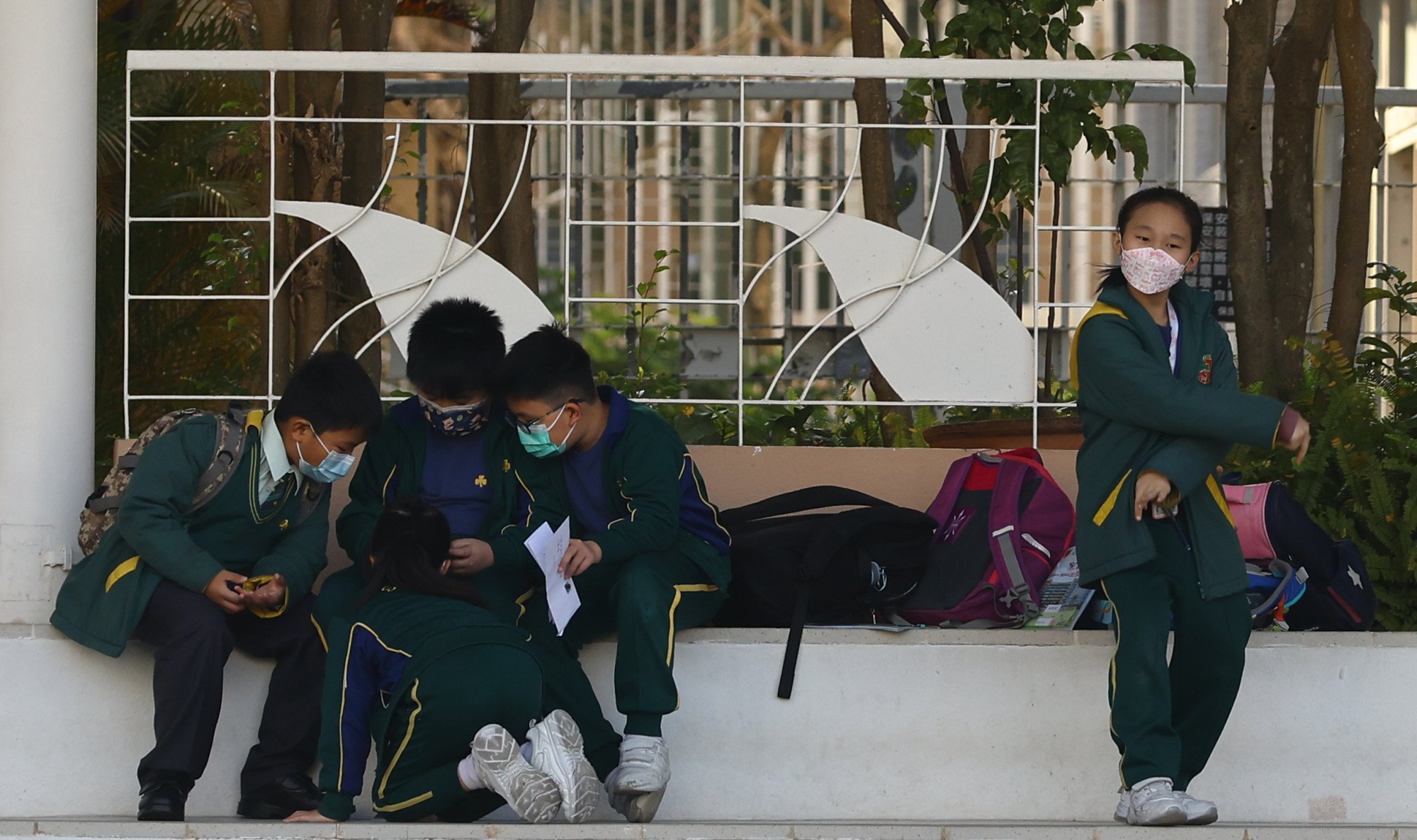
Hong Kong schools with falling pupil numbers urged to look at mergers in face of ‘gradual and orderly’ closures
- Education Bureau predicts a 15 per cent drop in pupil numbers over the next six years and says schools will close
- Paper prepared for Legco highlights number of children ready to start primary school would fall from 57,300 this year to 50,000 by 2029
Schools with shrinking pupil numbers should look at mergers to ensure their survival, Hong Kong education authorities have said.
The Education Bureau on Monday highlighted a projected 15 per cent fall in the student population over the next six years.
The bureau signalled it would reduce the number of schools in a “gradual and orderly manner” to ensure the best use of taxpayers’ money – but did not give a figure for how many would be axed.
“With the changes in Hong Kong’s population structure, some schools may accomplish their historic mission,” the bureau said in a paper on falling school rolls prepared for the Legislative Council’s education panel meeting on Friday.

The paper said the number of children aged 12 and expected to start Form One was predicted to fall from 71,600 this year to 60,100 in 2029.
The number aged six, who were expected to start Primary One, would decrease from 57,300 to 50,000 over the same timeframe.
The bureau said the city’s record low fertility rate last year – 32,000 births – was in line with a general trend in Asia.
The coming Legco discussion following the announcement of the closure of the 63-year-old Tak Nga Primary School, a private institution in Kowloon Tong.
It was the first school in Hong Kong to attribute its demise to the recent wave of emigration and the falling birth rate.
The school said it had decided to wind up its operations by halting Primary One classes in the 2024-25 academic year and closing down in 2028.
The bureau said it was in discussions with school sponsoring bodies to plan development options, including the closure of those with prolonged under-enrolment and the merging or moving of campuses to districts with a higher demand.
Hong Kong private school faces closure, first to cite emigration wave as reason
It added “to invariably keep the existing number of schools or classes” would go against the principle of the best use of public resources.
The paper highlighted the government had “taken the lead” and merged two government schools – Lung Cheung Government Secondary School in Wong Tai Sin and Kowloon Technical School in Sham Shui Po – this academic year.
Officials said it was hoped that other schools would follow suit.
But the bureau again dismissed a proposal from the secondary school sector to cut the number of pupils in each class because it could affect the arrangements for elective subjects.
“The class size and overall student population of a secondary school should not be too small, lest it would affect students’ subject choices, class allocation, and opportunities to participate in diversified learning activities and group interactions,” the paper said.
But the bureau added more than 400 public primary schools – about 90 per cent – would introduce small class teaching to achieve a target of just 25 pupils in each class.
Officials said that, as demand for teachers decreased, a plan for training positions would also be drawn up.
Hong Kong school council chief pushes for smaller secondary class size
Lee Yi-ying, head of the Subsidised Secondary School Council, said the paper showed the government did not have any real relief measures for schools to cope with the shrinking student population, although she admitted the bureau had increased resources for the sector over the past few years.
She added secondary schools hoped that the bureau would release more information on potential school closures.
“We really want to know the rough figures for the number of schools which may have to close … and how many new campuses and where would be available in different new development areas and what the criteria are for the bureau to choose the schools, Lee said.
“That could help the schools have good planning if they wanted to relocate to other areas.”
She added the secondary sector hoped to cut the number of pupils to between 25 and 27.
“We are not requesting eight to 10 students in each class, but we hope the number of students in each class of most of the secondary schools would be fewer than 30, hopefully 25 to 27,” Lee said.
She added the bureau could let secondary schools apply for a reduction in the number of Form One classes from five to four and allow unneeded teachers to be cut through natural wastage.
“Several schools hope to have fewer classes and turn their vacant classrooms to different labs to suit the latest education needs, like science and information technology,” she explained.

